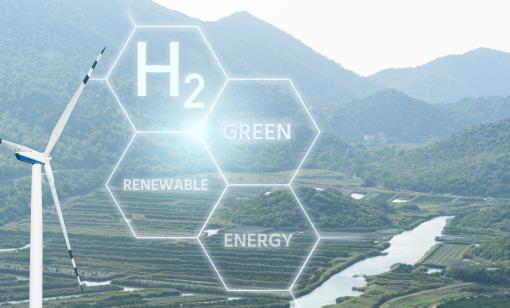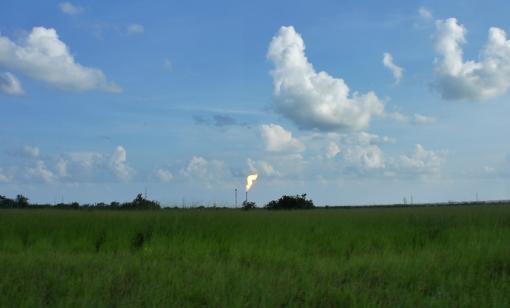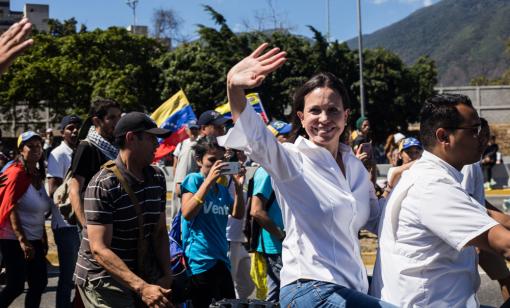Commentary: Venezuelan Gas, Trinidad and the US Meddling in the Middle
Gas-rich Venezuela on its own is unable to monetize its reserves abroad while neighboring Trinidad and Tobago is short of gas to feed its LNG, methanol and ammonia export facilities. And an agreement to appease both governments isn’t easy especially with Washington meddling in the middle.
APA Corp.’s Confidence Grows in Developing Suriname Oil Hub
APA Corp.’s confidence is growing offshore Suriname, where the company sees the potential to develop the South American country’s first offshore oil hub while it continues to run five rigs in the Permian Basin.
‘Efecto Chevron’ Jump Starts Venezuela, but Production to Decline
More oil industry changes are still needed before Venezuela, which is producing less than 800,000 bbl/d, will be able to just break the 1 MMbbl/d barrier, the country’s top economic consultancy says.
Venezuela Must Advance Renewable Developments, Official Says
OPEC member Venezuela has benefited economically over the last century, mainly from producing oil, but as the race to net zero emissions picks up speed, the Caribbean country must now advance natural gas-related and renewable developments such as wind, solar and bioenergy.
Hess Corp. Raises 2023 Production Guidance as Profits Fall
Hess Corporation raised its 2023 production forecast by 4.7% due to strong operational performance as well as the expected early fourth quarter startup of Payara, its third development offshore Guyana.
Venezuela Flares More Gas than Freeport LNG Exports
OPEC’s Venezuela continues to flare over half its natural gas production and burn off more than the output from Houston-based Freeport LNG’s three-train, 15-mtpa export facility, which is about 2.2 Bcf/d, and then some.
Argentina’s Neuquén Province Gas Production Nears Record Highs
Gas production from Argentina’s Neuquén Province, home to the Vaca Muerta shale formation, reached 91.03 MMcm/d or about 3.21 Bcf/d in June of 2023, nearly surpassing a record high set last winter.
US OFAC Extends Citgo Protection Until Oct. 2023
The U.S. Office of Foreign Assets Control extended protection to Citgo Petroleum from creditors until the end of October 2023.
Barred Machado Eyes Venezuela Energy Sector Privatization, Debt Restructuring
Venezuela’s leading opposition candidate María Corina Machado plans to privatize the upstream and downstream sectors and restructure the Caribbean country’s debt if elected president in 2024. Her main obstacle: she’s barred from holding public office.
Colombia’s Energy Minister Irene Vélez-Torres Resigns
Colombia’s mines and energy minister Irene Vélez-Torres resigned from the ministry, citing investigations against her use of power.










